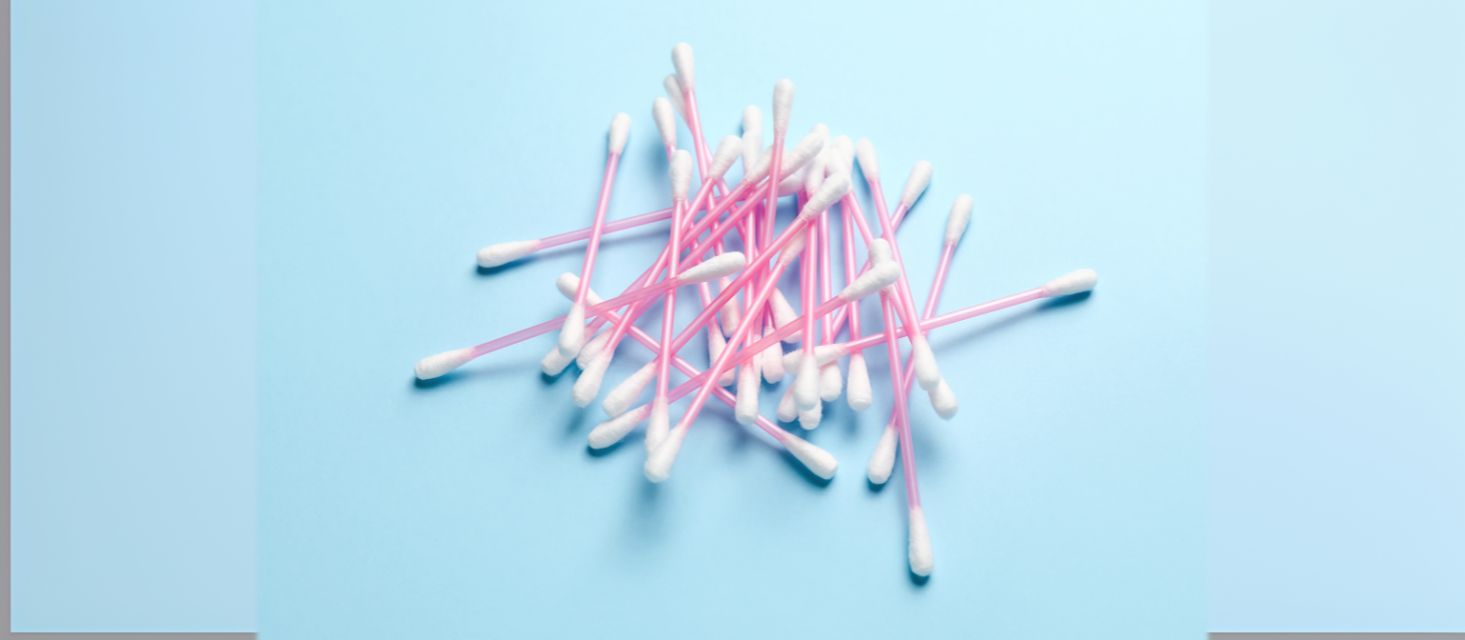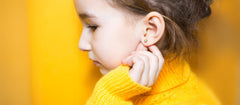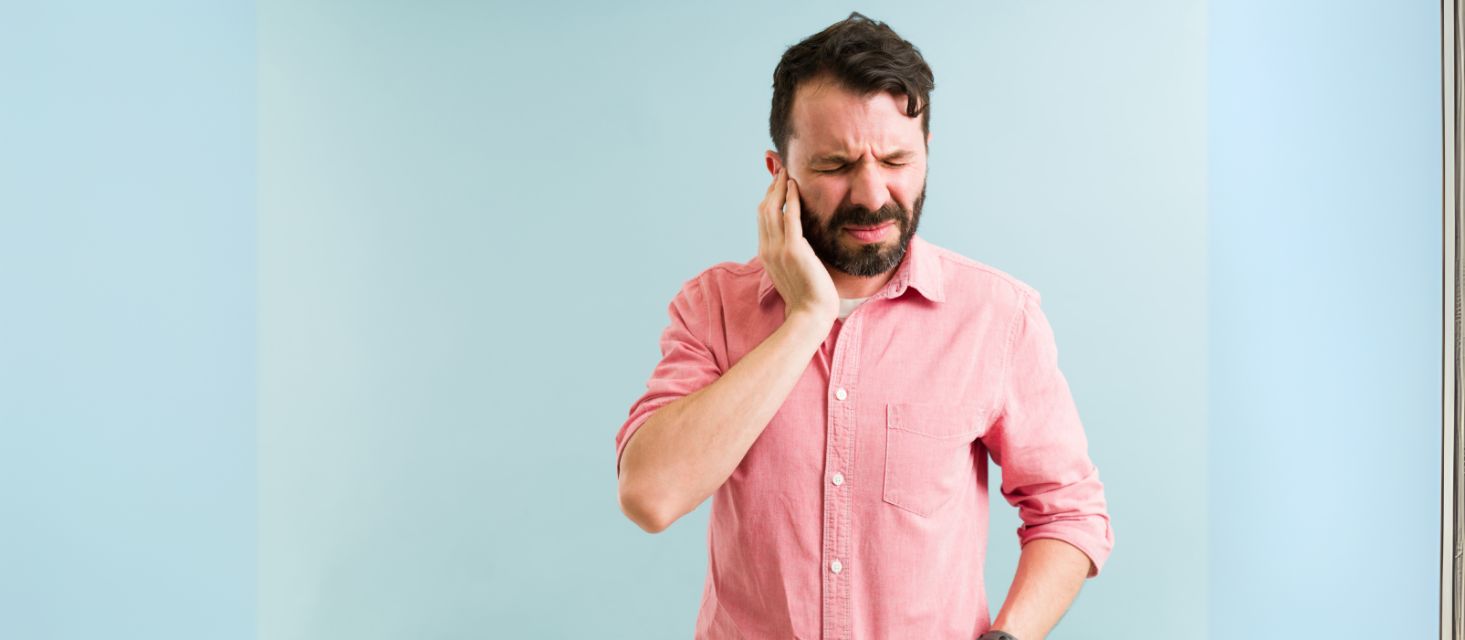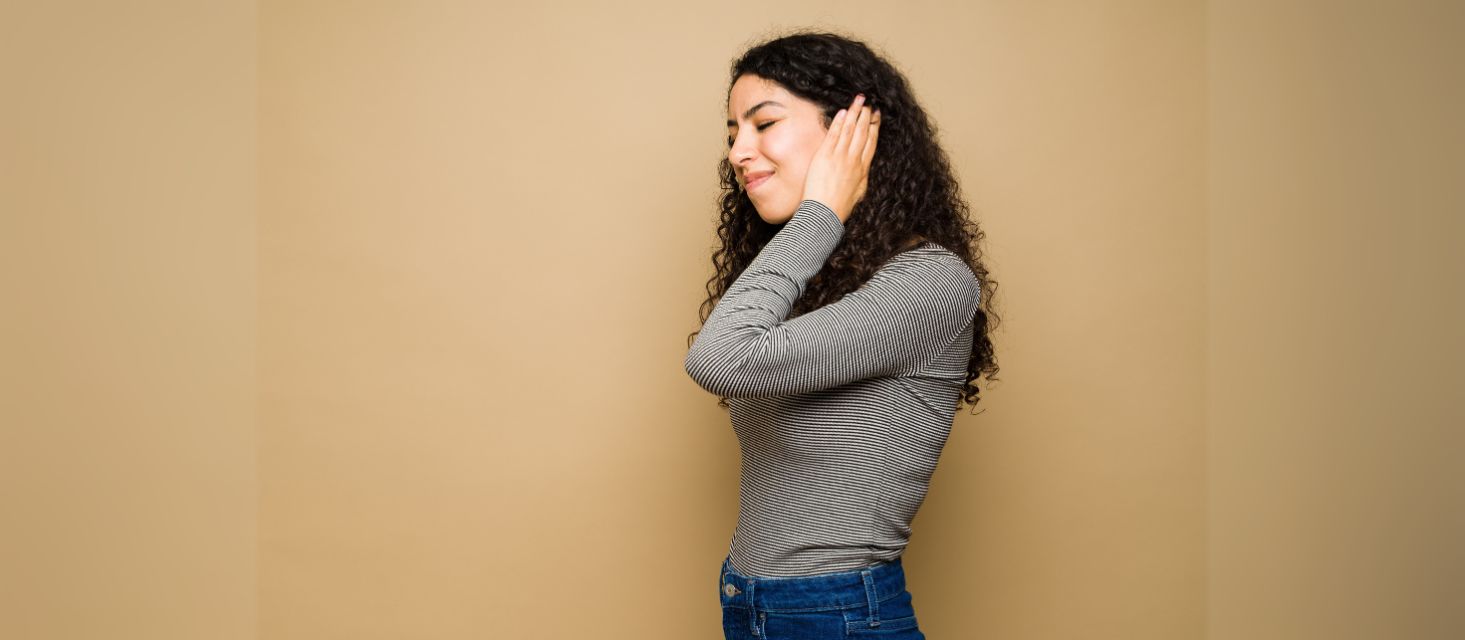We’ve all been there—standing in front of the mirror, cotton bud in hand, about to give our ears that oh-so-satisfying clean. But what feels like a helpful habit might actually be doing more harm than good. If you're wondering about safety cotton swab ears, it's time to rethink your routine.
So, let’s cut to the chase: Are cotton swabs safe for your ears? Should you ever put anything into your ear canal? And what’s the best way to clean your ears and maintain healthy ears without causing damage?
The Myth About Cotton Swabs and Ear Cleaning
1. Cotton Swabs Don’t Really Clean
Despite being marketed for ears, cotton swabs aren’t the right tool for the job. When you insert a cotton bud or Q-tip into the ear canal, you’re often just pushing wax deeper toward the tympanic membrane (your eardrum).
That’s not cleaning. That’s creating a problem.
You’re essentially:
-
Pushing earwax deeper in
-
Causing impacted earwax or excessive earwax buildup
-
Increasing the risk of temporary hearing loss or muffled hearing
-
Scratching the delicate skin inside the ear canal
-
Introducing bacteria that can lead to infection
Think of your ears like a self-operating conveyor belt. Wax naturally moves outward. Your job? Just clear the edges.
2. Using Cotton Swabs Can Cause Serious Harm
Using cotton swabs inside the ear comes with a range of risks:
-
Scratches or cuts in the outer part of the ear
-
Bleeding or irritation
-
Pain, inflammation, or even ringing in the ears
-
Damage to the eardrum, potentially leading to hearing loss
-
In rare cases, even infections that spread to the throat, nose, or inner ear
What Is Earwax (And Why Do We Even Have It)?
Earwax—also called cerumen—is a natural substance your body produces to:
-
Protect the ear canal
-
Moisturise the skin
-
Trap dirt, debris, and bacteria
It actually keeps your ears healthy. Think of it like your ear’s own personal security guard.
Most of the time, your ears are self cleaning. The wax migrates outward on its own—helped by movements like chewing and talking—until it reaches the outer ear, where it simply flakes away.
In most cases, there’s no need to remove earwax unless it’s causing symptoms.
When Earwax Becomes a Problem
Sometimes, your ears make too much wax or don’t clear it efficiently. This can lead to:
-
Excess wax blocking the ear canal
-
Discomfort or fullness in the head
-
Temporary hearing loss or muffled hearing
-
Pain or itchiness inside the ear
-
A sensation like your ear is underwater
If you’re experiencing these symptoms, you might have impacted earwax and need proper earwax removal.
So, Are Cotton Swabs Safe for Ears?
Let’s be honest—safety cotton swab ears is more about not using them than it is about using them safely.
If you're still wondering “Are cotton swabs safe?” here’s the simple answer:
-
No, not for cleaning deep inside your ears.
Using cotton swabs inside your ear canal can do more damage than good—especially over time. Even if you’ve done it “safely” for years, each use increases your risk.
Better Ways to Clean Your Ears
Here’s how to safely clean your ears without resorting to cotton buds.
1. Use Warm Water
In the shower, let warm water gently rinse the outer part of your ears. Afterwards, dry with a towel—no poking or twisting.
2. Try Ear Drops
Over-the-counter ear drops can help soften and break down wax buildup. These are ideal for excess earwax that’s not causing serious symptoms.
Look for drops that contain:
-
Olive oil
-
Hydrogen peroxide
-
Saline solution
You can also try saline sachets for a soothing, gentle flush.
3. Use a Tool Designed for the Job
Meet Eddy—our flagship earwax removal device. It uses warm water, controlled pressure, and a 360° nozzle to safely clean the ear canal.
Why it’s better:
-
Doesn’t push earwax deeper
-
Avoids scratching the delicate skin
-
Rechargeable and safe for regular use
Check out replacement tips and water reservoirs to keep your device fresh.
4. Let Your Ears Do the Work
Seriously—your ears know what they’re doing. Just wipe the outside with a cloth and let the ear’s self-cleaning system handle the rest.
When to See a Doctor
If your symptoms don’t go away, or if you’re unsure about what’s going on, don’t hesitate to talk to a healthcare professional. They may:
-
Examine your ear canal and tympanic membrane
-
Use gentle suction or irrigation
-
Prescribe treatment for ear infections or impacted earwax
Remember: If it hurts, bleeds, or affects your hearing, get it checked out.
Conclusion: Rethinking Ear Care for Life
Cotton buds are not the answer. They don’t remove earwax—they move it around and cause problems.
If you’re serious about keeping your ears healthy, skip the swabs and turn to safer alternatives like warm water, ear drops, and tools like the Eddy. Whether it’s a bit of excess wax or full-blown wax buildup, there’s always a smarter solution than jabbing a stick into your ear canal.
Because when it comes to ear cleaning, safer is always smarter.
FAQs
How to safely remove ear wax?
Start by letting warm water run into your ears during a shower. Follow up with ear drops to soften the wax. If needed, use the Eddy to gently rinse and remove earwax without pushing it deeper.
Avoid cotton swabs, and if the wax still doesn’t budge, see a healthcare professional.
What is the safest way to clean your ears?
The safest way? Let your body do the work. Your ears are self-cleaning. Wipe the outer part with a towel after your shower. For deeper cleans, use:
-
Soothing saline rinses
-
Doctor-approved ear drops
Check out: How do you clean your ears safely?
What to use instead of cotton buds for ears?
Try these options:
-
Ear irrigation tools (like the Eddy)
-
Ear drops to soften wax
-
Saline rinses
-
Olive oil drops
Using cotton swabs or buds increases the risk of wax buildup, infections, and even hearing loss.
How do I unclog my ears?
If your ears feel blocked:
-
Try the Valsalva manoeuvre (pinch your nose and gently blow).
-
Use ear drops or warm water with an irrigation device.
-
Try steam inhalation if sinus pressure is involved.
If symptoms persist, your ear canal might have impacted earwax—see a doctor.
More info: How to unclog your eardrum
What to do if your ear is itchy inside?
Avoid scratching! Try:
-
A few saline drops or warm olive oil
-
Gently wiping the outer ear
-
Keeping ears dry and clean
If the itch persists, it could be wax, dry skin, or even the early sign of an ear infection. Consult your healthcare professional if symptoms continue.








Share:
Related Blogs
Dry Skin Inside Ears: Causes, Treatments, and Prevention
Mucus in Ear: What It Means, What Causes It, and What To Do